Sustainable wellbeing and green living
Let's find ways to Flourish!
My Green Kitchen Renovation
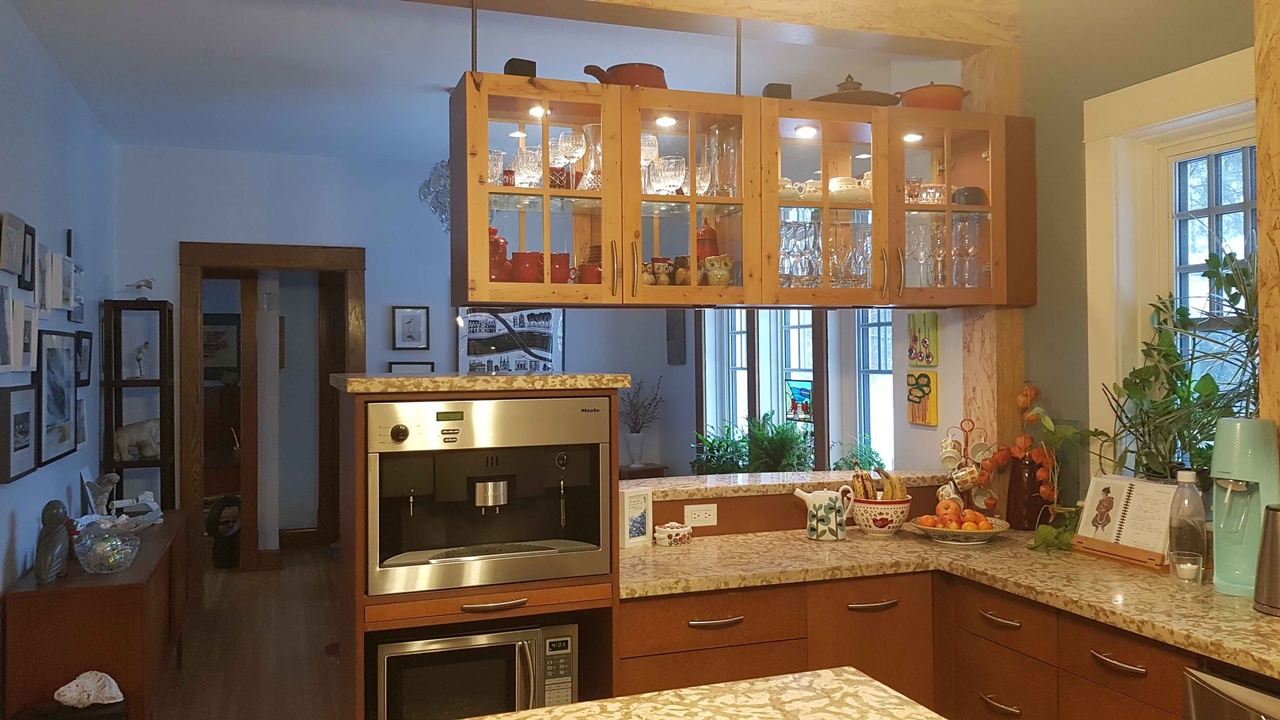
It was back in 2006 when my husband A.J. and I began to have the big discussion, as many couples eventually do...should we renovate?
Our house was built in 1918 and had many benefits of an older home such as quality craftsmanship, durability and lovely old trees lining the street. However, it also had some of the downsides of older homes, including a kitchen that was separated from the dining room by a wall and a rather poorly done upgrade that was at least a few decades old.
So, we decided to dive into the project and do a renovation of the kitchen, including opening it up to the dining room and doing it as sustainably as possible! I was already teaching sustainability and working in the field, so I knew that I wanted to do something that reflected these values.
And we knew that we wanted to achieve a more functional space, as most of the cupboards and appliances were all clustered in one corner. The cupboards were from about the 1050s or perhaps earlier, and every time you opened ...
Naturally Occurring Retirement Communities

As we get older, we must make important decisions regarding our living situations. While some people may opt to move into a seniors home or a facility that has been designed specifically for older populations, many people choose to stay in their homes as long as possible, otherwise known as aging in place. Naturally occurring retirement communities (also known as NORCs) can be thought of as a combination of aging in place and facilities that are designed for seniors.
Naturally occurring retirement communities are defined as communities with a large population of older adults that came about organically. Naturally occurring retirement communities often develop in three main ways. Aging in place may result in a naturally occurring retirement community if many people moved into the community when they were younger and decide to stay as they age.
They may also occur through processes of emigration and immigration. Regarding emigration, naturally occurring retirement communities may occur...
Jane's Walks
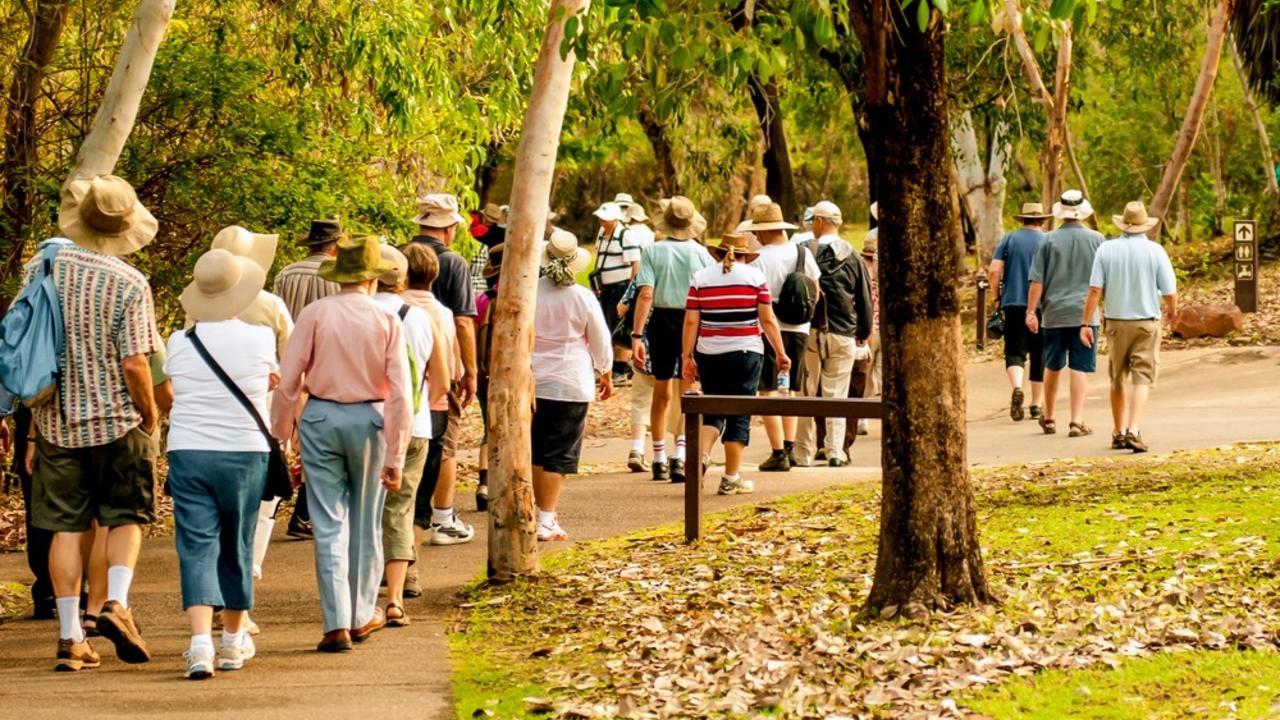
Who is Jane, and why are we interested in her walks? Well, the Jane we are talking about here is Jane Jacobs, the Canadian - American author and urban activist whose thinking and writing helped to reshape our ideas about the urban ideals and what cities can be. These walks help to bring us closer to our cities in understanding their history, significance and beauty.
No matter how much you think you know about your city, there’s always something new and interesting to learn or discover! Cities are highly nuanced, each one drastically different than the next in terms of culture, history, residents, and little quirks that make them unique. Around each street corner there is something you never knew existed or a story you have never heard.
Take some time to learn more about the city in which you live, observe the ongoing activity, and reflect on your interactions with your city by attending a Jane’s Walk.
What are Jane's Walks?
Jane’s Walks are free, locally organized neighbourhood wal...
Co-op Business Model

Do you have a Co-op near you? Perhaps it is a grocery store or gas station or maybe a clothing retailer. Have you ever thought about the name Co-op and how it means that this business is different from others in its sector? It does things differently because it bases decisions on not just the economics, but also on what serves its membership, community and workers best. Perhaps that Co-op business model is worth a closer look!
A co-op, otherwise known as a co-operative, is defined by the International Co-operative Alliance as an
“autonomous association of persons united voluntarily to meet their common economic, social, and cultural needs and aspirations through a jointly owned and democratically-controlled enterprise.”
Co-operatives are businesses which are community-focused instead of profit-focused. Although there is still a need to make a profit in order to stay afloat, decisions that are made within co-operatives seek to balance the need for profit with the needs of their membe...
Tree Valuation

In many locations, trees seem to be a standard part of our physical environment. Whether you are walking down the street in your neighbourhood, visiting downtown, or out in your yard, there is a good chance you will be surrounded by trees. Despite how common trees are, many people are unaware of their many benefits. While it is widely known that trees have the ability to remove carbon dioxide from the air and produce oxygen, other environmental benefits include their ability to reduce airborne particulates and smog, produce a cooling effect through evaporation, filter rainwater, and provide habitats for animals. Important social benefits of trees include the provision of shade, the reduction of stress and blood pressure, and their ability to inspire more outdoor physical activity.
How much is your tree worth?
Believe it or not, the trees in your yard have economic value! Along with all the environmental and social benefits, having trees on your property can significantly increase you...
Carpool Apps

Carpooling is a great way to get around, as long as you can do it in a manner that is safe during the COVID-19 pandemic. Carpooling allows you to reduce your environmental footprint while still getting exactly where you need to be in a time-efficient manner! This combination of characteristics can be difficult to find with other methods of transportation.
The trouble with transportation
There are many different ways to get from place to place. Some people may drive private vehicles, take public transportation, ride a bicycle, or walk in order to get where they need to be. While choosing public transportation, walking, or cycling can be a great way to save money and reduce your environmental impact by reducing your carbon emissions, there are bound to be times when it does not suit your needs. You may find that these methods of transportation can be somewhat unreliable when you need to travel to a destination that is out of the way, stick to a rigid timeline, or travel with another pe...
Sidewalks
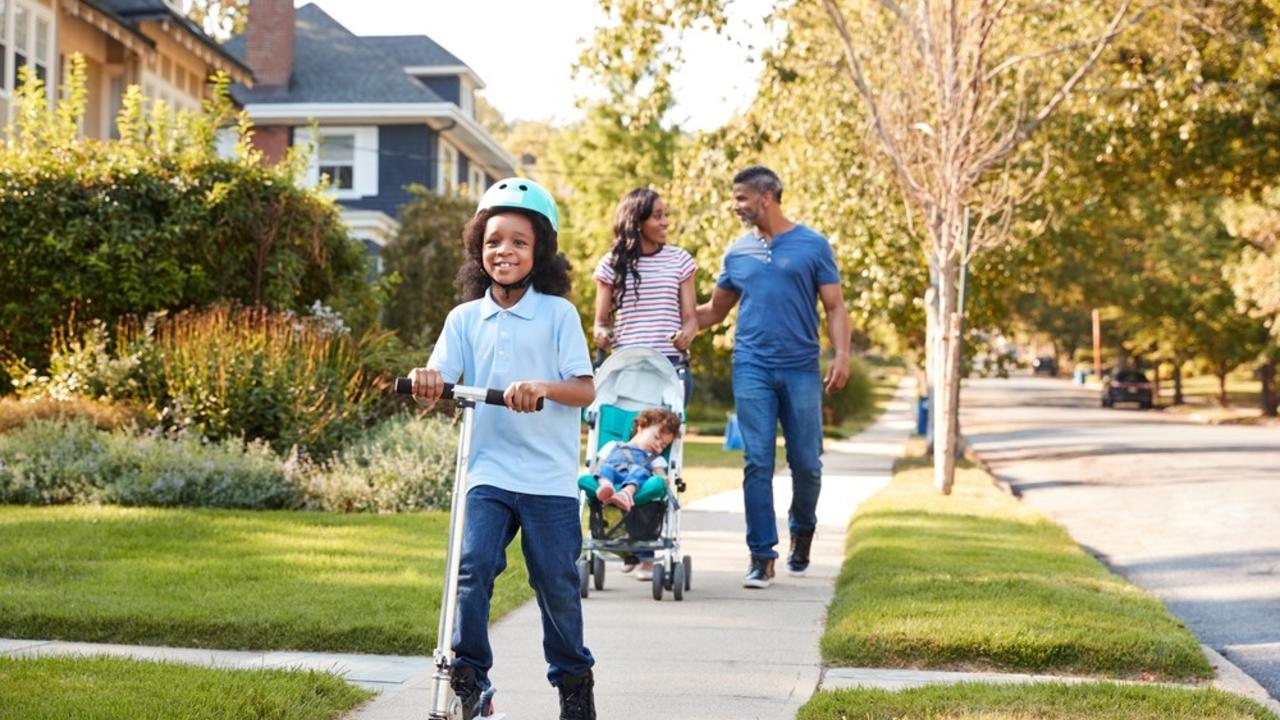
Sidewalks for social justice and environmental change
While sidewalks may seem like a mundane part of everyday life, they play an important role in our cities and suburbs and daily life. Whether you are walking to work, or to the bus, going to the mailbox, or going for a jog, a sidewalk provides you with a safe way to get where you need to go. Unfortunately, lack of sidewalks or poorly maintained sidewalks disproportionately impacts seniors, low-income and Black and Indigenous communities. The lack of a safe alternative to get around on foot has real consequences not just in our attempts to take action against climate change, but it is also a source of social inequity.
The history of sidewalks
Although sidewalks seem to be a staple part of the built environment, they haven’t been around forever! Before sidewalks were invented in the 19th century, pedestrians had to share the road with animals, carriages, wagons, and cars. As you can imagine, pedestrians were at risk of danger each t...
Public Transportation

The secret of great cities
It is a simple secret to most of the world’s greatest, most livable cities. They all have fast, efficient and affordable public transportation systems. Why is public transportation so key to making a city great for living? It means that getting to where you need to go with public transportation is smooth, stress-free and far better than in an individual vehicle. This makes the road less clogged, even as populations grow, it reduces carbon emissions, and traffic accidents and promotes better air quality. It really can be a dream come true, but why are we still not sold on it in many countries?
The great equalizer
Getting around from place to place in an affordable manner is vital to everyone, and when transportation cost or availability is a barrier to low-income families taking preferred employment or getting to school, we have another form of social injustice at play. When a trip that takes just 20 minutes by car takes 2 hours by public transit and runs a...
Co-Housing
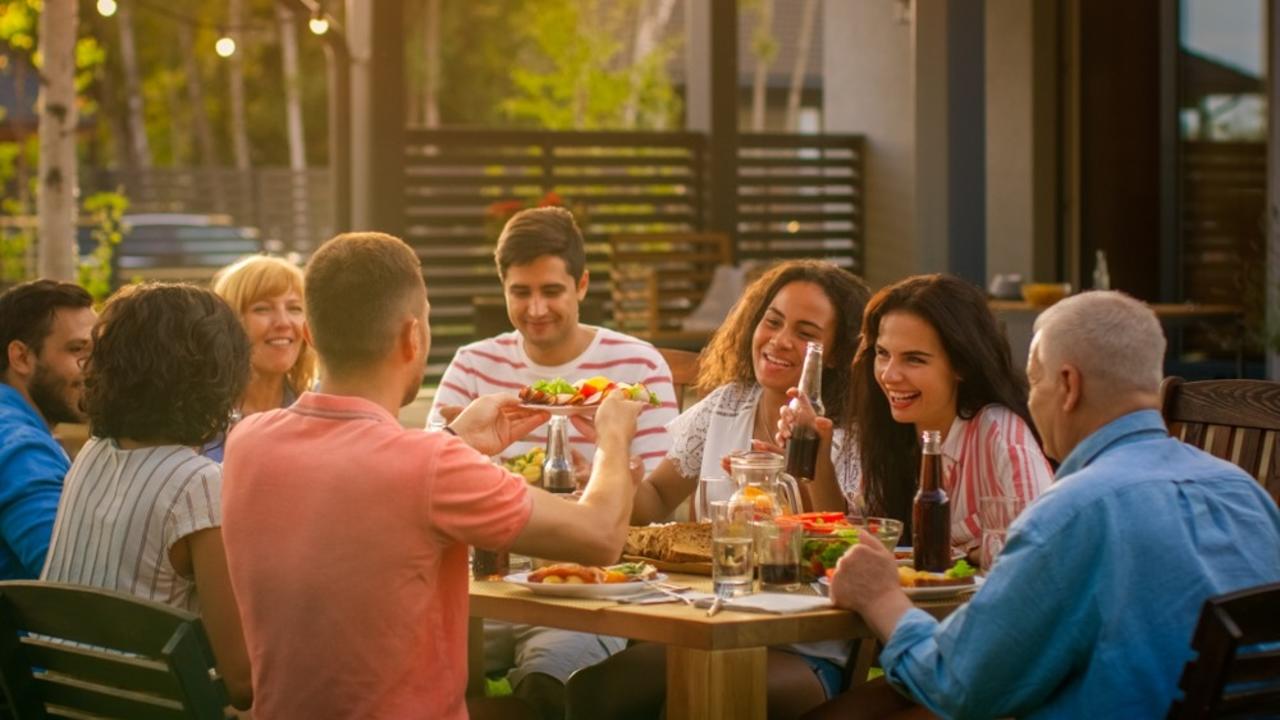
Why consider Co-Housing?
I have a personal love of Co-Housing because I had very formative experiences in my 20s being part of a group of people who developed a Co-Housing building and community that still exists today, over 25 years later. It was a group of like-minded people who wanted more than the normal route of renting or owning their own space, we wanted that, but we also wanted community and more sustainable options. It was exciting, and a lovely way to live, that I look forward to being a part of again. We had close friends nearby, their children who knew us as surrogate aunts and uncles, and plenty of easy gatherings with our communal spaces and activities.
My husband AJ always said, “You know you are living in Co-Housing when it takes you 90 minutes and 2 beers to get up to your suite after work.” Indeed. And for a social person such as myself, having a sense of community and people who care for daily interactions helped to break down the norms of isolation and loneliness ...
Alternative Electricity Generation
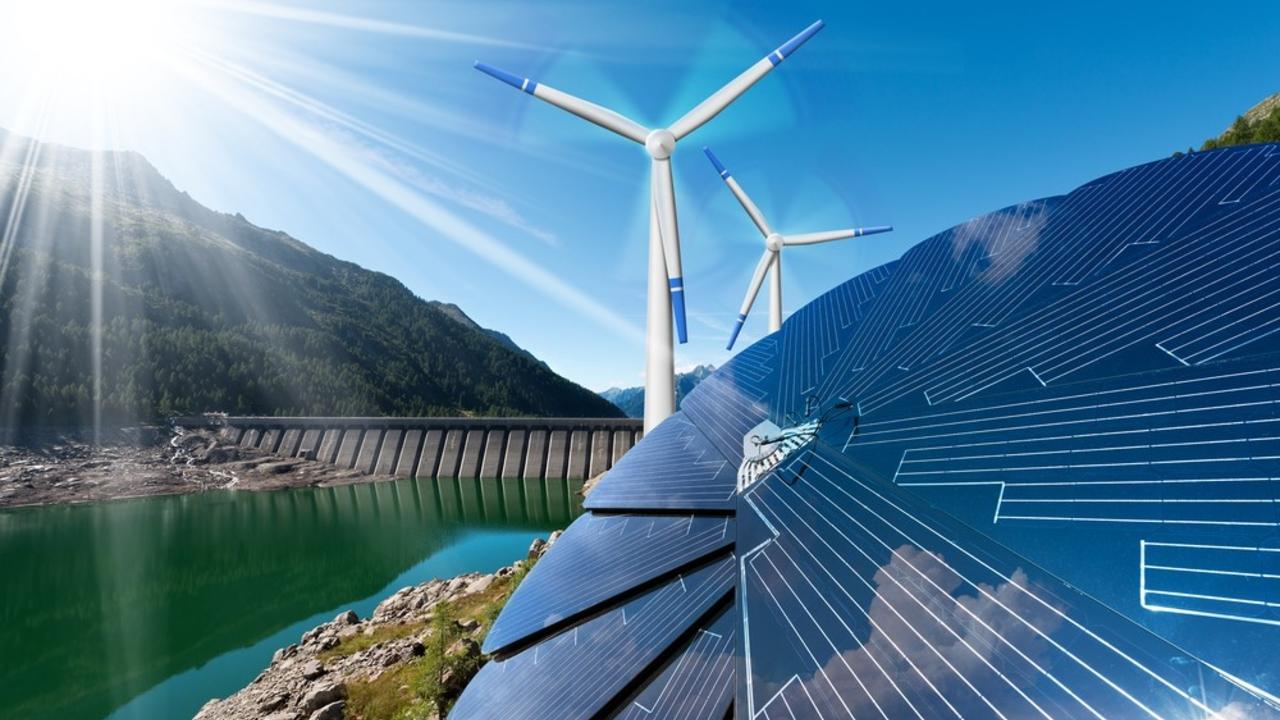
How electricity is generated
Electricity plays an important role in our everyday lives, as it has a wide variety of uses. We rely on electricity to heat, cool, and illuminate buildings such as our homes, businesses, places of work, schools, hospitals, and on and on. Electricity also powers our cellphones, washers and dryers, computers, televisions, and appliances. But do you ever spend time thinking about where your electricity comes from? Electricity is a secondary energy source, meaning that we (generally) cannot find it in nature. Instead, we get it from the conversion of other sources of energy.
Two of the most common sources of energy used in electricity generation are coal and natural gas. Electricity is generated in power stations or power plants through the use of large machines called turbines. The spinning of the turbines causes large magnets to turn within copper wire coils, resulting in the movement of electrons. This movement of electrons within the copper wire coils is ...

